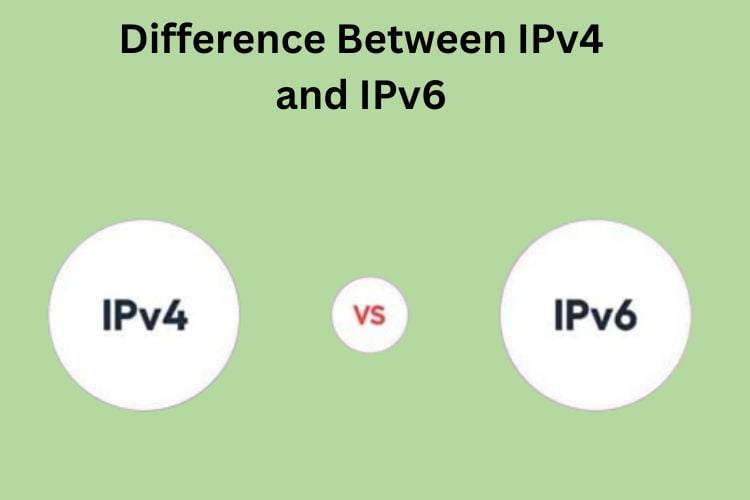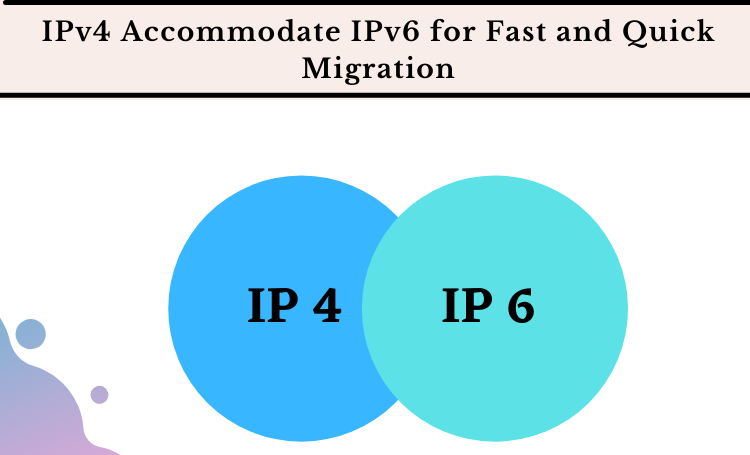
IPv4 vs. IPv6: Understanding the Transition
IPv4, the fourth version of the Internet Protocol, has been the basis of Internet communication for decades. However, its limited address space, comprising approximately 4.3 billion addresses, has become increasingly inadequate with the proliferation of internet-connected devices.
IPv6, designed as the successor to IPv4, boasts a significantly larger address space, capable of accommodating a huge number of unique addresses. This expansion addresses the coming scarcity issues associated with IPv4, ensuring sustainable growth and innovation in the digital world.
Challenges in Migration
Despite the undeniable benefits of IPv6, the migration process is not without its challenges. One of the primary obstacles is the coexistence of IPv4 and IPv6 networks during the transition period. Many existing systems and infrastructure rely heavily on IPv4, necessitating backward compatibility and interoperability between the two protocols.
Moreover, the very scale of migration, involving countless devices, networks, and services worldwide, presents logistical complexities. Organizations must meticulously plan and execute their migration strategies to minimize disruptions and ensure seamless operation throughout the transition.
Can IPv4 Accommodate IPv6?
While IPv6 is balanced to replace IPv4 eventually, IPv4 can certainly accommodate IPv6 during the migration process through various mechanisms:
1.Dual-Stack Deployment: This approach involves running both IPv4 and IPv6 protocols together on network devices and systems. By supporting both protocols, organizations can gradually transition their infrastructure to IPv6 while maintaining compatibility with existing IPv4 systems.
2.Tunneling: Tunneling mechanisms summarize IPv6 packets within IPv4 packets, allowing them to traverse IPv4 networks seamlessly. While tunneling adds overhead and complexity, it provides a possible solution for transporting IPv6 traffic over IPv4 infrastructure.
3.Translation: IPv6-to-IPv4 and IPv4-to-IPv6 translation mechanisms facilitate communication between devices using different protocols. These translation gateways enable interoperability between IPv4 and IPv6 networks, enabling a phased migration approach.
Difference Between IPv4 and IPv6
1.Address Space
IPv4: IPv4 addresses are 32 bits long, allowing for approximately 4.3 billion unique addresses. However, due to the exponential growth of internet-connected devices, IPv4 addresses are now in short supply.
IPv6: IPv6 addresses are 128 bits long, offering an exponentially larger address space than IPv4. With 2^128 possible addresses, IPv6 can accommodate an almost unlimited number of devices, ensuring scalability for future internet growth.
2.Address Format
IPv4: IPv4 addresses are represented in a dotted-decimal format, consisting of four decimal numbers separated by periods (e.g., 192.168.1.1).
IPv6: IPv6 addresses are represented in hexadecimal format, consisting of eight groups of four hexadecimal digits separated by colons (e.g., 2001:0db8:85a3:0000:0000:8a2e:0370:7334).
3.Header Format
IPv4: The IPv4 header is 20 bytes long and includes fields such as version, header length, type of service, total length, identification, flags, fragment offset, time to live, protocol, header checksum, source IP address, and destination IP address.
IPv6: The IPv6 header is 40 bytes long and includes fields such as version, traffic class, flow label, payload length, next header, hop limit, source IP address, and destination IP address. IPv6 uses extension headers for additional functionalities, such as fragmentation, authentication, and encryption, which are not included in the main header.
4.Security
IPv4: IPv4 lacks built-in support for IPsec (Internet Protocol Security), a suite of protocols for securing IP communications. IPsec is typically implemented as an optional extension in IPv4 networks.
IPv6: IPv6 integrates support for IPsec as a mandatory feature, enhancing the security of network communications. IPsec provides authentication, encryption, and integrity protection for IPv6 traffic, maintaining overall network security.
5.Autoconfiguration
IPv4: IPv4 typically relies on manual configuration or Dynamic Host Configuration Protocol (DHCP) for address assignment and network configuration.
IPv6: IPv6 includes built-in support for stateless address autoconfiguration, allowing devices to generate and configure their IPv6 addresses automatically. This feature simplifies network administration and facilitates plug-and-play connectivity.

Conclusion
The transition from IPv4 to IPv6 represents a necessary change in internet infrastructure, offering unparalleled scalability, security, and innovation opportunities. While the migration process poses significant challenges, IPv4 can accommodate IPv6 through various simultaneous mechanisms, enabling organizations to realize the benefits of IPv6 while maintaining interoperability with existing IPv4 networks proxiesforrent
As technology continues to advance, embracing IPv6 becomes compulsory for organizations seeking to future-proof their networks and unlock new possibilities in the digital landscape. By adopting strategic migration strategies and leveraging the capabilities of both IPv4 and IPv6, organizations can navigate the transition process efficiently and position themselves for success in the era of next-generation networking.
Frequently Asked Question
Network devices that support both IPv4 and IPv6 can communicate with devices using either protocol. This dual-stack approach enables interoperability during the transition period.
While IPv4 and IPv6 are distinct protocols, they can coexist within a network. IPv4 and IPv6 addresses can run simultaneously, allowing for a gradual transition from IPv4 to IPv6.
The timeline for IPv6 adoption varies depending on factors such as industry regulations, network complexity, and organizational priorities. However, with the exhaustion of IPv4 addresses, the adoption of IPv6 is increasingly becoming a necessity rather than an option.



